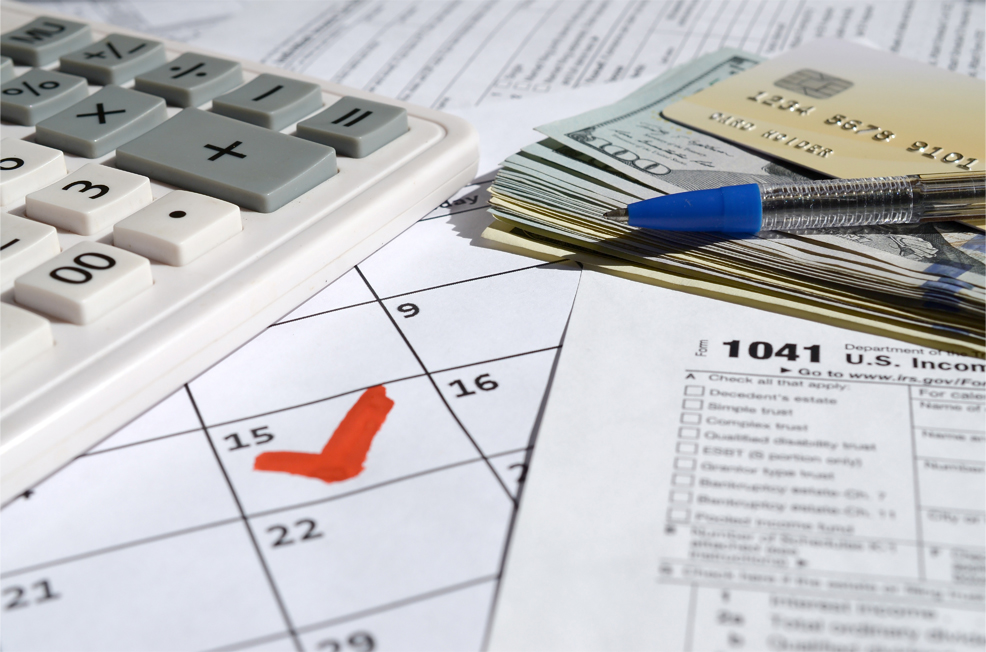
Filing taxes correctly can be a tricky process, and even small mistakes can lead to costly delays in processing refunds, incur penalties or trigger an audit. It’s important to take the time to review your return before submitting it to the IRS to ensure you don’t fall into any of these common filing pitfalls.
9 Common Mistakes to Avoid
1. Filing too early. Most people know that filing past the deadline can incur penalties, but did you know that filing too early can also cause problems? If you file too early, you may not have received all of the important reporting documents you need to file. The best strategy is to file on time.
2. Missing or incorrect Social Security Number or Employer Identification Number. It’s essential that you double check this information has free from typos or errors.
3. Incorrect names. People often overlook examining their names, take extra care to ensure your name is spelled correctly before you file your taxes.

4. Incorrect data. This is one of the more common mistakes. Mis-typing the amount or entering an amount into the wrong field can happen. When you fill out your taxes, you want to make sure everything is entered correctly and carefully. Tax software can help prevent math errors, and hiring a CPA can greatly reduce the occurrence of errors. No matter how you file your taxes, you should always scrutinize the information before submitting the final documents.
5. Incorrect filing status. The five most common filing statuses with the IRS are single, married filing jointly, married filing separately, head of household, and qualifying widow/widower. Depending on your marital status, dependents, and other factors, it is important to select the correct filing status when filing taxes. The Interactive Tax Assistant on IRS.gov can help taxpayers choose the correct status, especially if more than one filing status applies. You can also consult a certified public account to assist you in determining your filing status.
6. Calculation mistakes. Simple adding and subtracting mistakes can happen to anyone. Tax filing software and/or consulting a CPA is your best option for reducing these types of mistakes.
7. Determining deductions or credits. Tax codes are complicated and constantly changing. Determining your eligibility for programs like the Earned Income Tax Credit, Child & Dependent Care Credit, Child Tax Credit, Business deductions, Medical Cost deductions, and others can be confusing. Discussing your particular situation with a reputable CPA like Steven Lissner & Company will give you peace of mind that you are taking advantage of all benefits you are eligible for.
8. Incorrect bank account numbers. If you have automatic deductions or refund deposit, you’re going to need to make sure the bank account data is accurate.
9. Forgetting to sign forms. If your tax return isn’t signed, it’s not valid! Whether you submit a paper form or file digitally, you’ll want to take care that all pages that require a signature are signed by all parties required to sign that form. A spouse may be required to sign for certain filing statuses for example.

Review your tax documents carefully before submitting to the IRS!
Again, we can’t stress this enough, taxpayers should take the time to ensure their return is accurate and complete before filing.
With the April 15 filing deadline quickly approaching, now is the time for taxpayers to double-check their returns for accuracy. To help reduce the risk of an inaccurate return, taxpayers should review their documents for each of the common mistakes listed above. Doing so will help ensure any refunds are processed quickly and efficiently.
Speak to a tax professional
Additionally, taxpayers should consider talking with a qualified tax professional if they have any questions or concerns about their returns. A professional can help ensure the return is accurate and complete before it is submitted to the IRS.